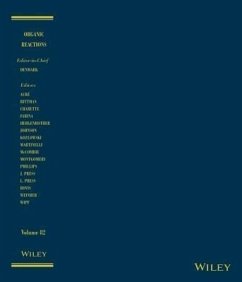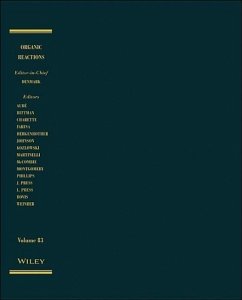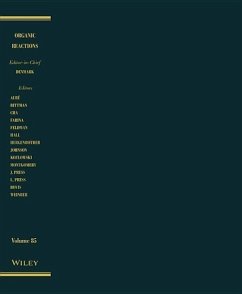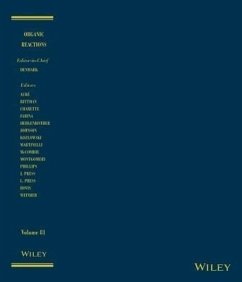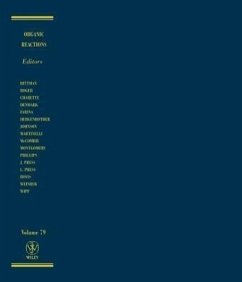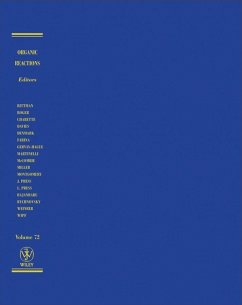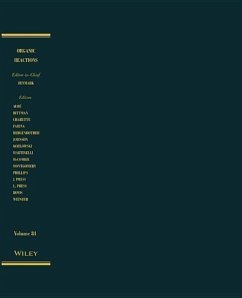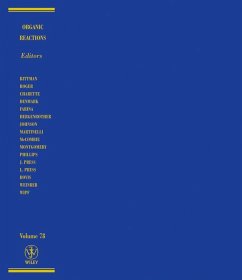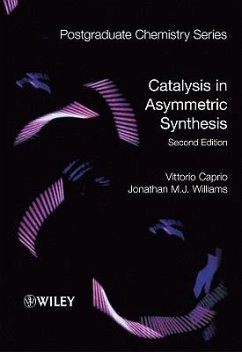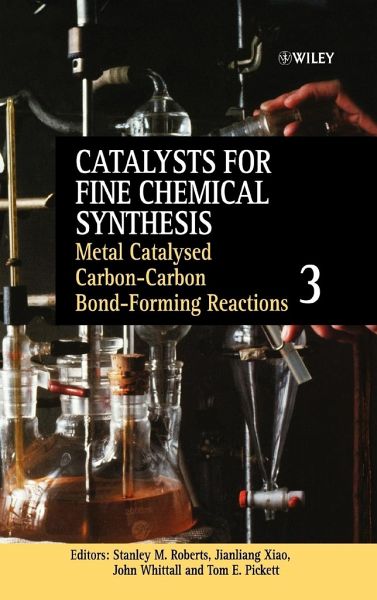
Metal Catalysed Carbon-Carbon Bond-Forming Reactions, Volume 3

PAYBACK Punkte
125 °P sammeln!
Catalysts are increasingly used by chemists working in fine chemical synthesis in industry and academia. Today, there exists a huge choice of high-tech catalysts, which add enormously to the repertoire of synthetic possibilities. However, catalysts are tricky to use and require both skill and experience in order to achieve optimal results. This Series wants to be a practical help for advanced undergraduate, graduate and postgraduate students, and chemists in industry and academia working in organic and organometallic synthesis. The Series features: * Tested and validated procedures * Authorati...
Catalysts are increasingly used by chemists working in fine chemical synthesis in industry and academia. Today, there exists a huge choice of high-tech catalysts, which add enormously to the repertoire of synthetic possibilities. However, catalysts are tricky to use and require both skill and experience in order to achieve optimal results. This Series wants to be a practical help for advanced undergraduate, graduate and postgraduate students, and chemists in industry and academia working in organic and organometallic synthesis. The Series features: * Tested and validated procedures * Authorative reviews on classes of catalysts * Assessments of all types of catalysts * The expertise from the Leverhulme Centre for Innovative Catalysis, Liverpool, UK. The formation of Carbon-Carbon bonds is one of the most important transformations used in the synthesis of fine chemicals. Catalysts promoting such transformations are in ever increasing demand. In this book the reader will find worked examples of a selection of Carbon-Carbon bond forming reactions including the asymmetric alkylation of aldehydes and ketones, the Michael and Pauson-Khand reactions, aldol protocols as well as hydroformylation and carboxylation. In addition to these well-established transformations, examples of relatively new methodologies are described, for example catalysts for olefin metathesis in organic synthesis are well represented. Furthermore in the light of the popularity of palladium-catalysed coupling reactions, some of the important Heck, Suzuki and Sonogashira catalysts are described in detail and their uses exemplified. In all chapters the preparative methods are accompanied by hints, tips and comments; safety issues are noted where appropriate.



